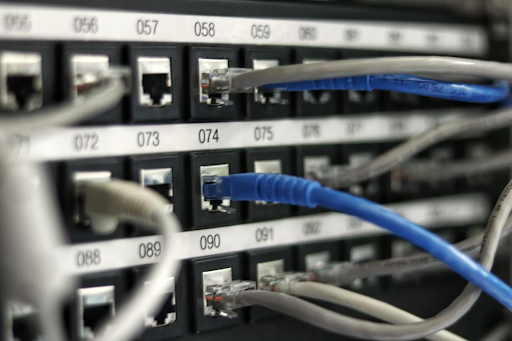Tesla exceeded expectations with the quarterly figures it presented on Wednesday after the close of trading. The electric car maker reported net income of $2.7 billion for the past three months. The impact of price cuts on profit margins was lower than expected. Tesla’s share price was initially slightly up in after-hours trading, but then turned negative. The price has more than doubled since the beginning of the year. That, however, came after significant losses over the past year, and the stock is still a long way off its previous peak to date.
As Tesla reported a few weeks ago, the number of vehicles delivered rose by 83 percent to 466,000 in the second quarter. However, the company bought this with price cuts across the board. Analysts were concerned that this could have a significant impact on profit margins, especially since CEO Elon Musk himself said in the spring that sales figures are currently more important to him than profits. He has admitted his customers are very price sensitive.
In fact, margins contracted in the most recent quarter. The operating profit margin was 9.6 percent, in the first quarter it was 11.4 percent, a year ago even 14.6 percent. However, Tesla’s margins are still above the industry average, and the company describes them as “healthy” despite the recent decline. Net income of $2.7 billion in the most recent quarter was up 20 percent year-on-year. However, Tesla also had a few quarters with net income in excess of $3.5 billion last year.
Manufacturers rely on price reductions
Tesla isn’t the only company looking to cut prices in the electric car market. Just a few days ago it became known that the American competitor Ford had significantly reduced the base price for its F-150 Lightning electric pick-up van.
Beyond the price cuts, there is currently another price effect for Tesla on the American home market: Since the beginning of the year, buyers of many Tesla models have been able to benefit from tax credits of $7,500 that are being awarded as part of the Inflation Reduction Act legislative package.
Other manufacturers should use superchargers
For the car manufacturer, the past quarter was also characterized by major announcements relating to the charging network. He formed alliances with competitors such as Ford, General Motors and Mercedes-Benz, which will soon have access to his so-called supercharger stations in North America. Musk said in a conference call that he was “deeply honored” to be working with these companies. These partnerships put Tesla on the way to establishing the charging stations as the standard in its home market.
Musk said Wednesday that Tesla is also in talks to license its driver assistance system, dubbed Full Self-Driving, to a major automaker. He did not reveal who it was. Tesla has repeatedly been targeted by American traffic authorities because of this and its other assistance system “Autopilot”. Contrary to what the name suggests, neither of the two technologies has yet enabled fully autonomous driving, and drivers must still be ready to intervene.
After some time, Tesla again announces the introduction of a new model in the near future. A few days ago, Musk tweeted a photo with a copy of the futuristic-looking pickup “Cybertruck”. He said this is the first Cybertruck to roll off the assembly line at the Austin, Texas plant. Tesla is still on track to deliver the vehicle to customers for the first time this year. However, it will not be available in larger quantities until 2024. The Cybertruck is Tesla’s first new passenger car since the Model Y, which came out more than three years ago.
In production, the signs are generally pointing to expansion. This week it was announced that Tesla wants to double its capacity at the German plant in Grünheide to one million vehicles a year.







